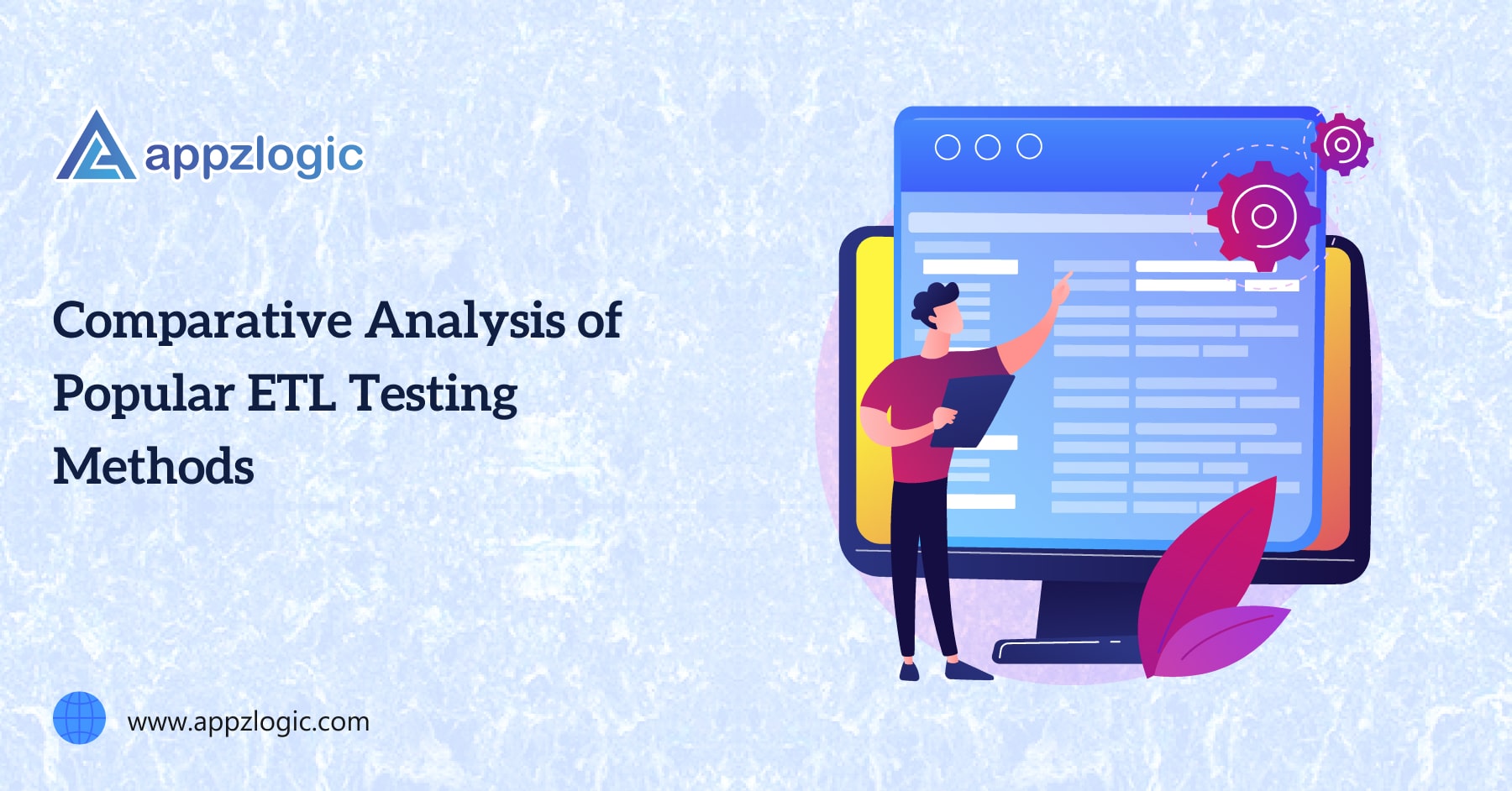In data integration, Extract, Transform, Load (ETL) processes play a pivotal role in ensuring the seamless flow of information across systems. ETL testing is the linchpin in guaranteeing the accuracy, reliability, and performance of these critical processes. In this blog post, we embark on a comparative analysis of three popular ETL testing methods i.e. Manual Testing, Automated Scripted Testing, and Codeless ETL Testing, to unravel their strengths, weaknesses, and overall efficiency.
Manual Testing: The Traditional Approach
Manual testing, the traditional and labor-intensive method, involves human testers executing test cases without the aid of automation tools. This approach relies heavily on the tester’s experience and attention to detail.
Strengths:
- Flexibility: Manual testing offers the flexibility to adapt quickly to changes in requirements or data structures, making it suitable for projects with evolving specifications.
- Intuitive Insight: Testers can apply their domain knowledge and intuition to uncover complex issues that automated tools might overlook.
Weaknesses:
- Time-Consuming: Manual testing is inherently time-consuming, especially when dealing with large datasets and complex transformations. The risk of human error also increases.
- Repetitive Tasks: Testers may find themselves engaged in repetitive tasks, leading to potential boredom and an increased likelihood of overlooking critical issues.
Suitability:
Manual testing is best suited for small to medium-sized projects with relatively stable requirements, where the flexibility of manual intervention outweighs the need for automation.
Automated Scripted Testing: The Efficiency Enhancer
Automated scripted testing involves the creation and execution of test scripts using specialized tools. This method aims to reduce manual effort and enhance efficiency.
Strengths:
- Efficiency and Speed: Automated testing significantly accelerates the testing process, allowing for faster and more frequent testing cycles.
- Reusability: Test scripts can be reused across different test scenarios, promoting consistency and reducing the likelihood of errors.
- Regression Testing: Automated scripts are invaluable for regression testing, ensuring that new code changes do not introduce unintended consequences.
Weaknesses:
- Initial Investment: Setting up automated testing requires an initial investment in tools, training, and script development.
- Limited Adaptability: Automated scripts may struggle to adapt to rapid changes in requirements or complex transformations, requiring constant maintenance.
Suitability:
Automated scripted testing is ideal for projects with stable requirements, large datasets, and a need for frequent regression testing. The initial investment pays off in terms of efficiency gains over time.
Codeless ETL Testing: The User-Friendly Revolution
Codeless ETL testing, also known as visual or model-based testing, enables users to design test scenarios without the need for scripting or coding. It leverages a user-friendly interface for creating and executing tests.
Strengths:
- Accessibility: Codeless testing democratizes the testing process, allowing business users and non-technical stakeholders to participate in testing activities.
- Rapid Test Design: Test scenarios can be designed rapidly through a visual interface, accelerating the overall testing lifecycle.
- Reduced Dependency on Skilled Testers: The user-friendly nature of codeless testing reduces the reliance on highly skilled testers, making it accessible to a broader audience.
Weaknesses:
- Limited Customization: While codeless testing is efficient for standard test scenarios, it may lack the depth of customization available in scripted testing for complex or unique requirements.
- Dependency on Tool Capabilities: The effectiveness of codeless testing is contingent on the capabilities of the chosen tool. Some tools may struggle with intricate ETL processes.
Suitability:
Codeless ETL testing is well-suited for organizations aiming to involve business users in the testing process, and for projects with relatively straightforward ETL requirements.
Finding the Right Balance
Thus, the choice between manual testing, automated scripted testing, and codeless ETL testing is not a one-size-fits-all decision. Each method has its strengths and weaknesses, and the ideal approach depends on the specific needs and characteristics of the project.
For projects with evolving requirements and a demand for flexibility, manual testing may be the go-to choice. Automated scripted testing is the preferred option for large-scale projects with stable requirements and a need for frequent testing cycles. On the other hand, codeless ETL testing emerges as a user-friendly alternative, bridging the gap between technical and non-technical stakeholders.
Ultimately, a judicious combination of these testing methods might be the key to a robust ETL testing strategy. Organizations should evaluate their specific requirements, consider the skill set of their testing team, and weigh the benefits against the challenges to determine the most fitting ETL testing approach. As the data integration landscape continues to evolve, so too will the methods and tools available for ensuring the reliability and efficiency of ETL processes.




